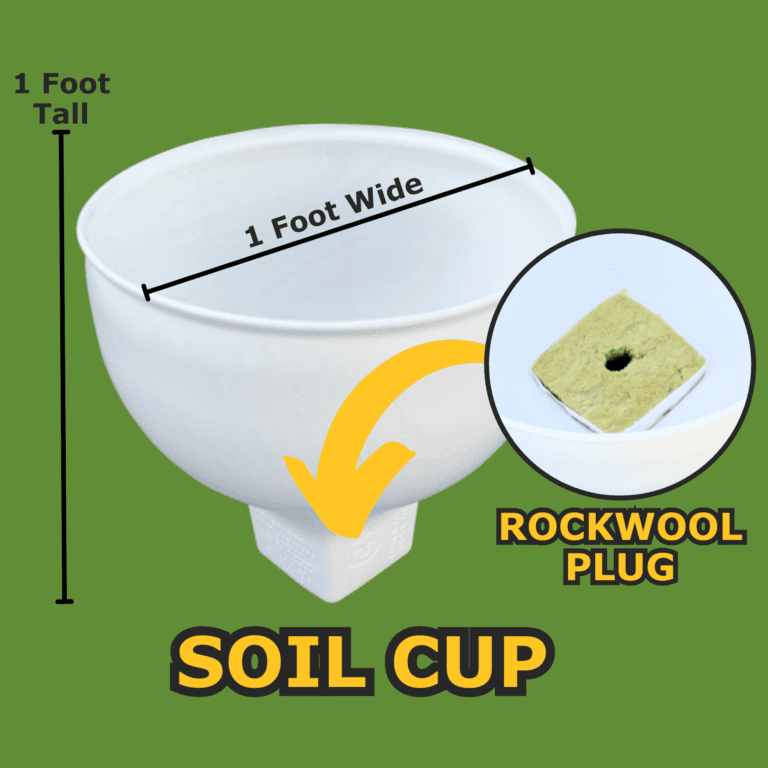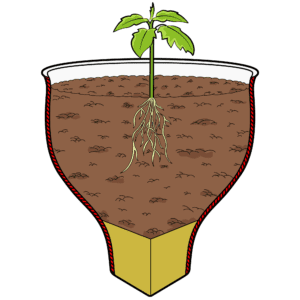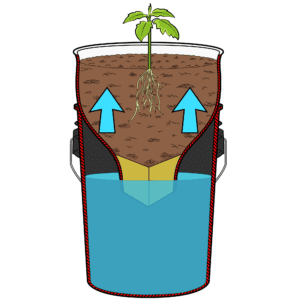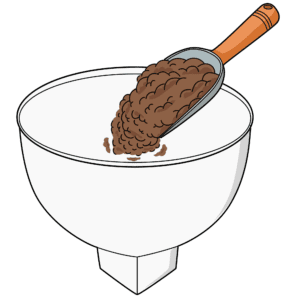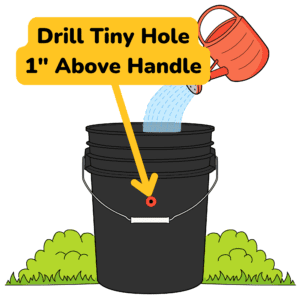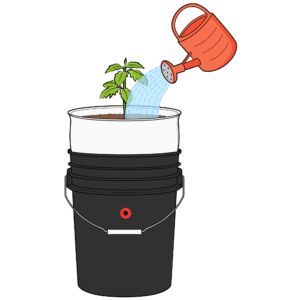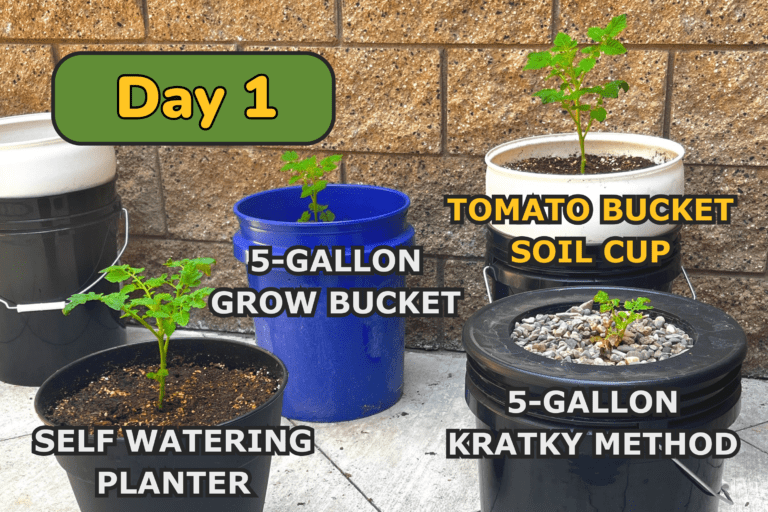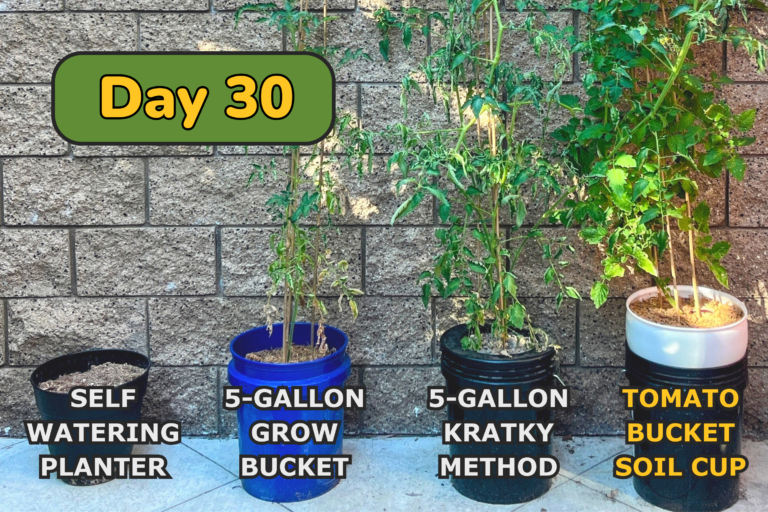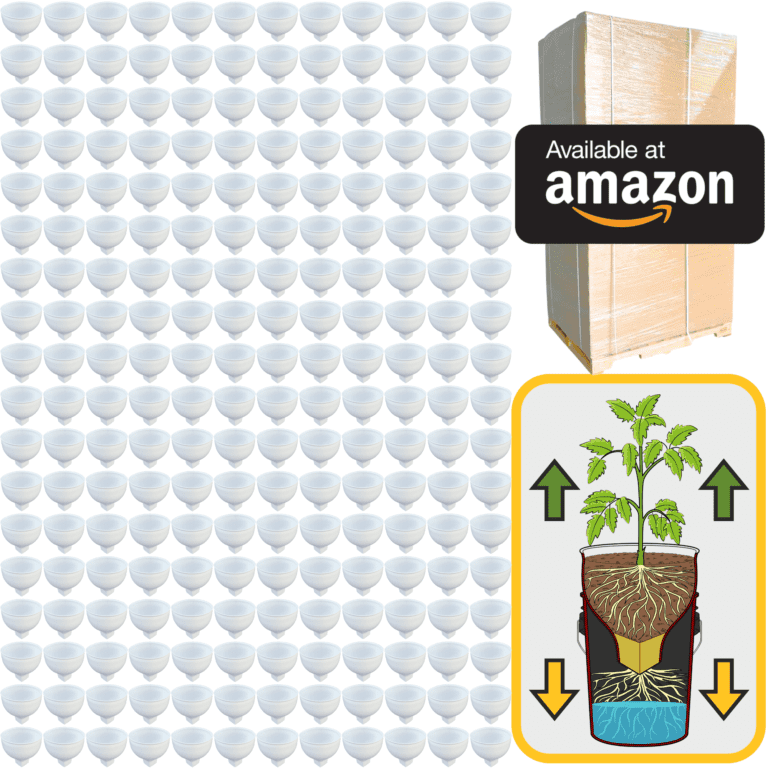The cannabis plant is one of nature’s most remarkable gifts, and learning to grow it is like making friends with a wise old teacher. Each part of the plant has a purpose, and each phase of its life is a step in a journey that, with the right care, leads to something truly special. As a beginner, it might seem like a lot to learn, but if you start with the basics and stay curious, the plant will guide you along the way. Think of this as your introduction to the world of cannabis—a world that’s as fascinating as it is rewarding.
Cannabis is a member of a family of plants called Cannabaceae, which also includes hops. Within this family, cannabis comes in three main species: Cannabis sativa, Cannabis indica, and Cannabis ruderalis. Each one has its own unique personality, strengths, and growing requirements. Sativa plants are usually tall and slim, with narrow leaves, and they’re known for their uplifting, energizing effects. They tend to grow in warmer climates and take a bit longer to mature, which is why they’re often grown outdoors where they have room to stretch. Indica plants are shorter, bushier, and better suited for indoor growing or small spaces. These plants grow fast and are known for their calming, relaxing effects. Finally, ruderalis is a wild, hardy type from regions with short growing seasons, like Siberia. What makes ruderalis interesting is that it doesn’t rely on light cycles to flower—it flowers automatically, which is why breeders have crossed it with sativa and indica to create “autoflowering” strains that are easy to grow, even for beginners.
Understanding the basic structure of cannabis will help you grow it well. Beneath the surface, the roots spread through the soil like a network of tiny highways. These roots are the plant’s lifeline, pulling in water and nutrients while also anchoring the plant in place. When the roots are healthy, the plant can thrive. Above ground, the main stem acts like the spine, providing structure and transporting water and nutrients to all parts of the plant. Branches grow out from this stem, and at certain points along these branches—called nodes—you’ll see leaves and, later, buds forming. Nodes are an important part of cannabis anatomy because they’re where the plant divides its energy. Watching the spacing between nodes can tell you a lot about how the plant is growing. For example, if the nodes are too far apart, it could mean the plant needs more light.
The leaves of the cannabis plant are more than just a recognizable feature; they’re the plant’s main energy source. The big fan leaves catch sunlight and convert it into energy, fueling growth. These leaves are iconic, with their long, serrated edges, but they’re only one type of leaf you’ll encounter. As the plant matures, it will develop smaller leaves around the buds, known as sugar leaves. These sugar leaves are often coated in trichomes—the tiny, crystal-like glands that hold the plant’s precious cannabinoids, like THC and CBD, as well as aromatic terpenes. Trichomes are the plant’s true treasure, holding the compounds responsible for its effects and flavors. When you look closely, trichomes look like tiny, sparkling drops on the buds and leaves. As they mature, their color changes, which is an important clue for knowing when it’s time to harvest.
Growing cannabis is a journey through different stages, and each stage has its own needs and rhythms. It all starts with the seed, a small, tough shell holding everything needed to create a whole plant. When a seed is exposed to moisture and warmth, it cracks open, and a taproot emerges. This is the start of germination, a delicate stage where the seedling needs just the right balance of moisture and air. Once the seedling breaks through the soil, you’ll see its first tiny leaves, known as cotyledons. These aren’t the familiar serrated leaves yet, but they help the plant start photosynthesizing right away. Soon, the real fan leaves start to appear, and the plant moves into its next phase of growth.
The vegetative stage is like the plant’s childhood—it’s all about building strength, growing leaves, and expanding the root system. During this time, the plant grows fast, stretching taller and wider, and setting the foundation for healthy bud development later on. This stage requires plenty of light, water, and nutrients. A strong, healthy vegetative phase means your plant will be better prepared to produce big, resinous buds in the flowering phase. In the vegetative stage, you can also start training the plant, using techniques like pruning or bending to help it grow in the shape you want. This is where you begin to take an active role in shaping your plant’s growth and ensuring it gets the most light and airflow possible.
Then comes the flowering stage, the moment all your care and patience have been leading up to. Triggered by changes in the light cycle, like the shorter days of fall, the plant shifts its energy to producing flowers, or buds. For female plants—the ones that produce cannabinoids—this means creating clusters of tiny, hair-like pistils, which will eventually become the dense buds we’re after. Flowering is the most exciting phase because this is where you start to see the results of your work. The buds swell, the trichomes thicken, and the aroma becomes more pronounced. Maintaining the right temperature, humidity, and light is crucial during flowering to maximize the quality and potency of your buds.
Growing cannabis from seed to harvest is like watching nature unfold in slow motion. Every day, you’ll see changes as the plant grows, adapts, and prepares for its next phase. And as you spend time with your plants, you’ll start to notice that each one has its own personality and needs. Some may grow faster, some may be more resilient, and others may need a little extra care. In this way, growing cannabis isn’t just about producing a crop; it’s about forming a relationship with the plant and learning to read its signals.
The experience of growing cannabis is as rewarding as it is therapeutic. There’s a sense of fulfillment that comes from watching a tiny seed transform into a plant that’s not only beautiful but full of potential. With each plant you grow, you’re gaining knowledge, skills, and respect for the natural processes that make life flourish. Whether you’re growing for personal use, for medicine, or just for the joy of it, the journey is full of lessons that go beyond the garden. It’s about learning to nurture, to observe, and to appreciate the quiet wisdom that plants have to offer.

